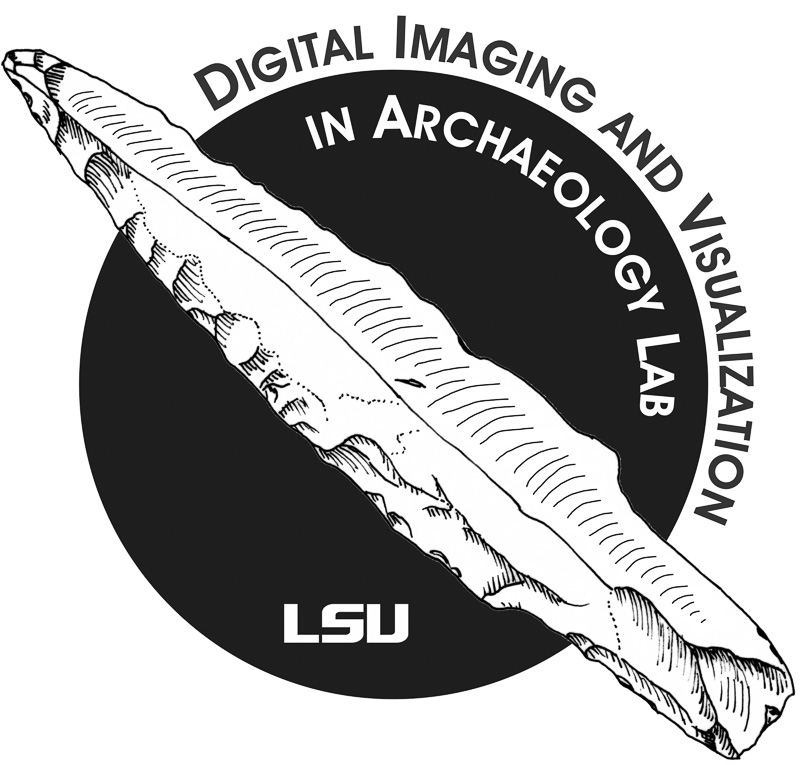


The DIVA Lab (Digital Imaging and Visualization in Archaeology) was created in 2008 to provide a way to preserve and study the waterlogged wood and pottery from the Underwater Maya sites, since the objects began to decay once removed from the sea. With funding from a Louisiana Board of Regents grant, the DIVA Lab equipment and software were set up in 2009. A team of DIVA Lab Scientists, consisting of undergraduate student workers, graduate students, and the DIVA Lab Director (that's me) have scanned thousands of artifacts and wooden posts in the DIVA Lab at LSU and taking 3D scanners to Belize. We use NextEngine 3D scanners, along with a Dimension Elite 3D printer (ABS+plastic) and a Projet 460 color printer (gypsum), the latter funded by the LSU College of Humanities and Social Sciences.
Since Fall 2016 I have taught "3D Digital Imaging" in the DIVA Lab each semester, using NextEngine 3D scanners funded by the College of Humanities and Social Sciences. The idea was to empower undergrads to learn how to do 3D scanning. With 3D printing the rage, where do you get the 3D image files to print? Students learn to scan a variety of materials using objects from the Underwater Maya project.
We printed a full-sized 3D print of the Maya canoe paddle (4' 7") that was given to the Belize government Institute of Archaeology when I returned the original canoe paddle in June 2013 after conservation at the Texas A&M University Preservation Lab by C. Wayne Smith and Helen Devereux. We made another 3D print for a display at LSU, along with documentation as you see in the image.
Here is a DIVA Lab visitor, Cher Foster, holding a 3D print of the Maya canoe paddle. Waterlogged wood and salt-saturated pottery from the Paynes Creek Salt Works decay on exposure to the air, so we keep them in bags of water until the finds can be studied at our base camp or at a temporary "Lagoon Lab" set up near an underwater site. Selected artifacts are 3D imaged at our base camp and then cached in GPS-marked locations in deep silt in the lagoon where they are preserved for the future.